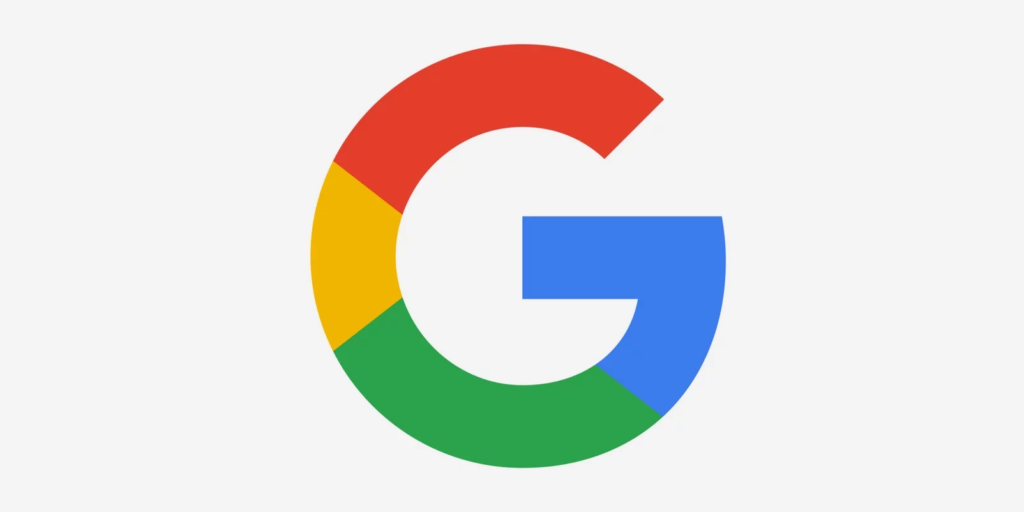Earlier this year, in February, Google had announced that the company is planning to retire the average position metric from the Google Ads platform. In a recent post published by the search engine giant, the company has now revealed the deadline for the removal of this metric.
When will the Average Position Metric be removed?
The metric will be no longer functional from 30th September 2019 onwards.
What is the Average Position Metric, and why is it Popular?
The average position metric has been a permanent fixture in Google Ads reports and is one of the most popular metrics for nearly two decades since the Google Ads platform debuted. As the name implies, this metric denotes the average position of an ad, as it is displayed on Google’s results page.
For instance, if the average position metric indicates a value of 3, then it means that the ad, for which the metric is used, is displayed on top of the page mostly.
However, this metric shouldn’t be taken at face value. Since this is an average position metric – the number 3 doesn’t indicate the absolute position of the ad on the results page. For instance, an ad could be displayed in a position as low as 6 for a few impressions, but it could have a higher ranking average metric like 2 or 3. So, marketers had to take this metric with a pinch of salt, but nevertheless, it was one of the most popular metrics in Google Ads.
Why is Google retiring this Metric?
Google has stated that the Average Position metric is not as relevant as it was once before. Alternatively, Google has introduced two other new metrics that give marketers and campaign managers a better picture of the prominence of ads than the average position metric.
What are the New Metrics being Introduced?
In November of last year, Google introduced two other alternative metrics that were intended as a replacement for the Average Position metric. These two new metrics are:
- Impression Percentage (Absolute Top) – This metric gives the percentage of impressions, for which an ad is displayed on the absolute top of the page (at position No.1)
- Impression Percentage (Top) – This metric gives the percentage of impressions, for which an ad is displayed on the top of the page (positions No.1 to 3)

The above image shows the absolute top and top positions that are measured using this metric. Here’s how to interpret these two new metrics.
- Receiving 75% on the absolute top metric indicates an ad occupies the top ranking for 75% of the impressions.
- On the other hand, scoring 75% on the top metric indicates that an ad occupies any one of the top 3 positions 75% of the time.
How do the New Metrics Impact Google Ad Users?
Google has announced clearly that it’s retiring the old Average Position metric and it won’t be available after 30th September.
One of the biggest benefits of the new metrics is that it doesn’t use averages. The biggest drawback of the average position metric is that the results were skewed and it was difficult for marketers to determine the actual position of ads accurately.
The new metrics give a clearer picture on the actual placement of an ad, rather than the average numbers. This is a crucial advantage for marketers to refine their ad strategies and bids.
How does this change Impact Digital Marketers?
Digital marketers have to adopt the two new metrics. Also, digital marketers have to review scripts that use the average position metric and rework on these scripts to ensure that it continues working as intended, without the old metric.




